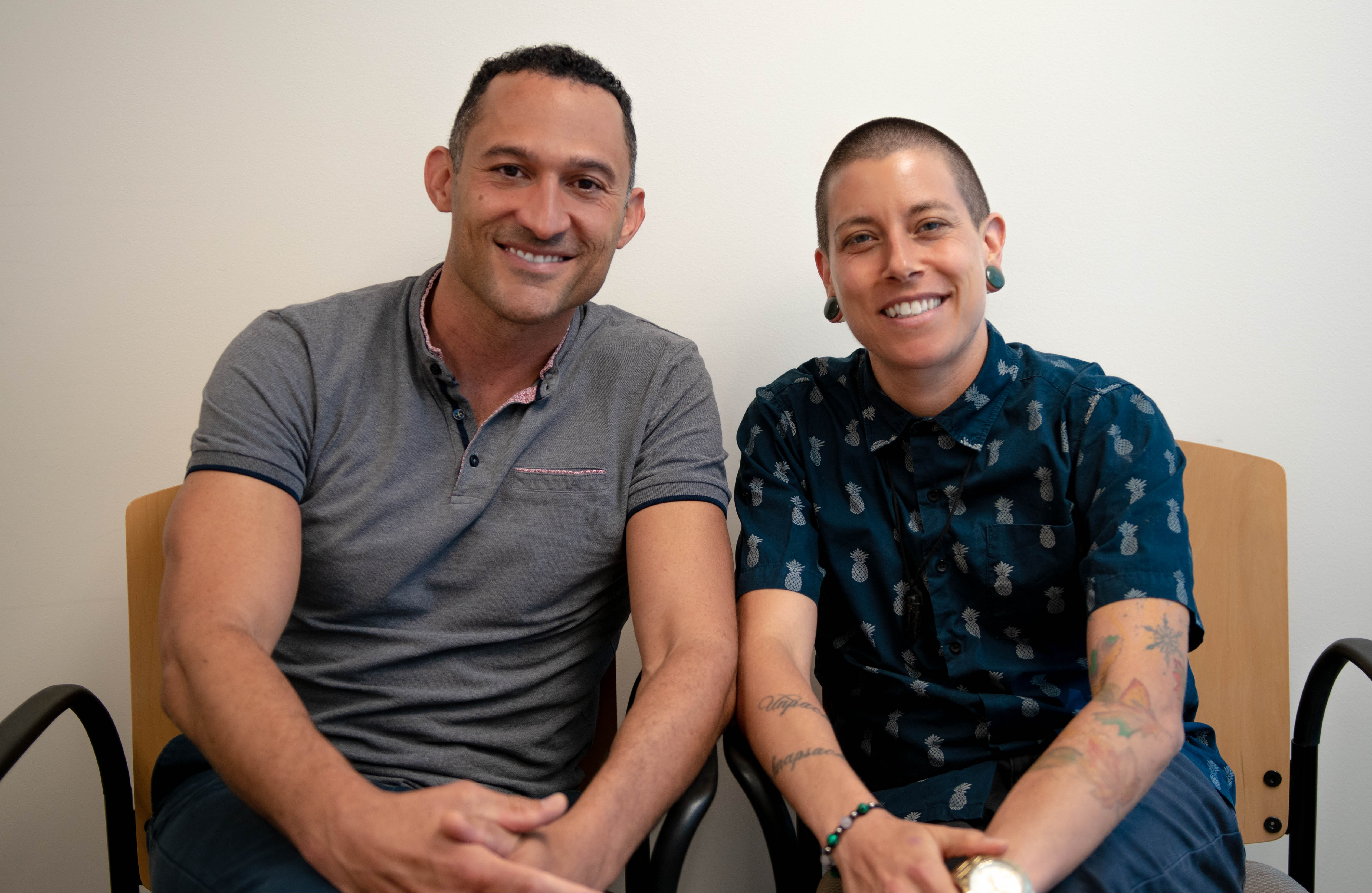Presented at HIVR4P 2018 – (OA15.05) Cabotegravir (CAB) Long-acting (LA) Phase 3 (Ph3) PrEP Dose Selection Based on Population Pharmacokinetics (PPK) in Healthy and HIV-infected Adults
Kelong Han, Parul Patel, Mark Baker, David Margolis, William Spreen, Alex Rinehart, RaphaelLandovitz, Susan Ford
Background: Cabotegravir is an integrase inhibitor currently in Ph3 development as an oral tablet and an IM LA injection for HIV treatment and prevention. CAB LA is effective in preventing SHIV infection in macaques at clinically relevant concentrations. A CAB PPK model including intrinsic and extrinsic factors was developed with data from Phase 1/2 studies and simulations were performed to inform PrEP Ph3 dosing strategies.
Methods: Analyses were implemented in NONMEM 7.3 and R. 12,294 CAB plasma concentrations following oral doses from 5-60mg and LA doses from 100-800mg obtained from 881 healthy (44%) and HIV infected (56%) adults in 11 studies were included in the model. Intramuscular (IM) CAB LA was administered in 64% of subjects. Covariates were evaluated using forward addition and backward elimination. Bootstrapping and visual predictive checks were used to assess model adequacy. Simulations were performed using final parameter estimates to deliver a LA profile that achieves concentrations protective against infection in preclinical species.
Results: A two-compartment model with first-order oral and IM absorption and elimination described the data well. Clearances and volumes were scaled to body size. CAB LA absorption rate constant was lower in females, in subjects with higher BMI and for unsplit (vs. divided dose) injections; however, each covariate alone was associated with < 15% change in steady-state exposure. CAB LA 600mg (3mL unsplit) IM on Day 1, W4 and Q8W was selected for Ph3 PrEP studies in males and females to achieve steady-state concentrations throughout the dosing interval above a threshold where CAB LA has demonstrated preclinical efficacy. Simulations were also performed to inform protocol management of delayed or missed doses.
Conclusions: A robust CAB PPK model including covariates yielded selection of an every 8-week injectable regimen of CAB LA regimen for Ph3 PrEP studies in high-risk males and females. Management of dosing delays is informed by model based simulations.





